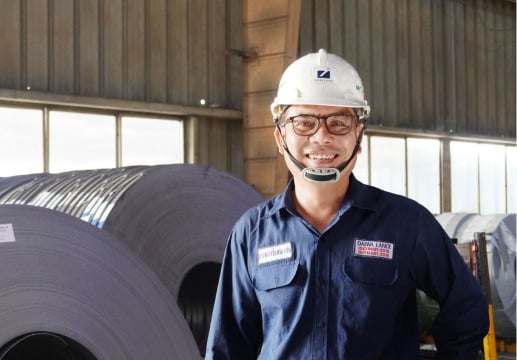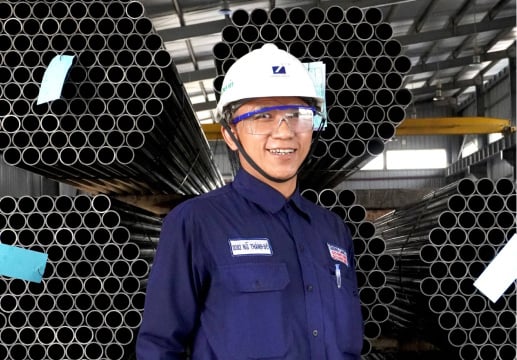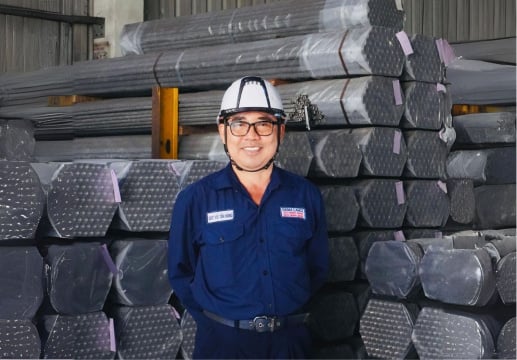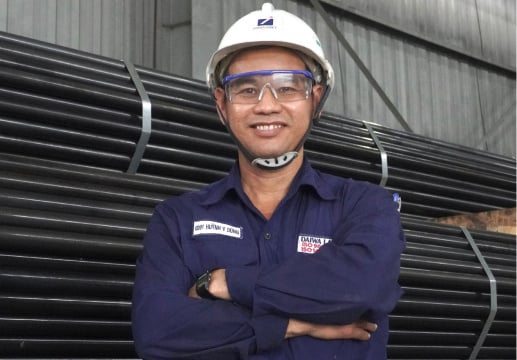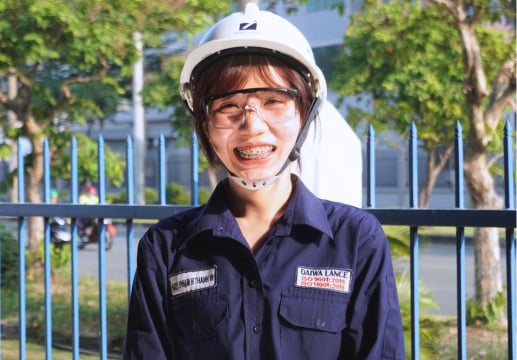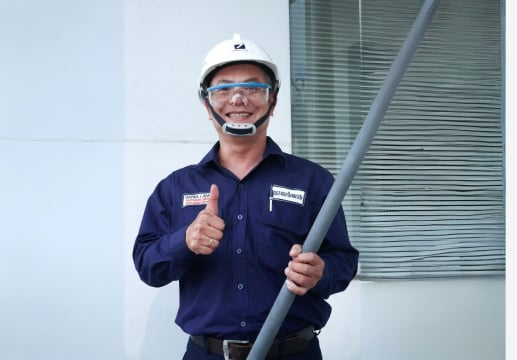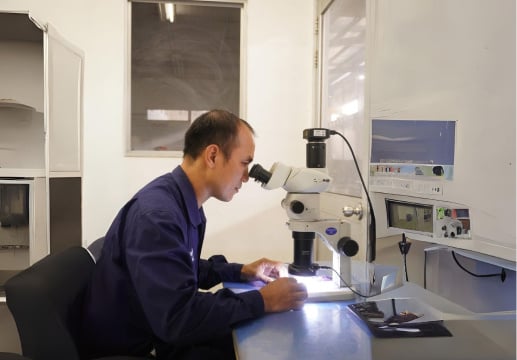Fire accidents are serious incidents that affect the lives and health of workers. Despite their dangers, fire accidents are common occurrences in factories. So how can we minimize these accidents in high-temperature environments like steel melting furnaces? In this article, we'll provide you with a comprehensive overview of a specific situation occurring in a steel melting furnace using Daiwa SC Lance, demonstrating how products with high safety standards, effectively minimizing fire risks, can positively impact the entire production process in our factory.

What Are Reasons Behind Fire Accidents Occurring When Using Mild Steel Pipes in Steel Melting Factories?

Steel melting furnaces are inherently prone to fires, with temperatures reaching extremely high levels of 1,600°C or more. All materials used within the facility must ensure fire-resistant properties, minimizing the risk of high-intensity fires to ensure the safety of workers and the physical infrastructure of the factory.
From a technical standpoint, mild steel pipes are primarily composed of steel, making their surfaces susceptible to oxidation through the reaction between iron and oxygen in the air, leading to rust formation more easily. Therefore, to enhance rust resistance, manufacturers often apply a layer of anti-rust oil onto the surface of the pipes. This lubricating oil serves to create a protective film on the outer surface of the pipes after machining, preventing rusting for a period of time to facilitate subsequent processing or commercial export.

While the rust prevention benefits are significant, the downside of anti-rust oil is the accumulation of greasy residue on the surface of the mild steel pipes, leading to slippery surfaces, poor hygiene, and most critically, increased fire risk. This is because the oil residue on the mild steel pipe's head can ignite when exposed to sparks and high temperatures from the steel melting furnace during the process of workers blowing oxygen or other auxiliary gasses into the furnace at high temperatures.
RELATED POST
Real-life Scenarios Pose Potential Risks of Fire Accidents When Using Oxygen Blowing Pipes
In actuality, the scenario of workers using mild steel pipes in a steel melting factory unfolds as follows. The workers will wear fire-resistant protective clothing, gloves, and hold the mild steel pipe to regulate the carbon content in the steel melting furnace.

During the process of blowing oxygen into the furnace, despite standing at a safe distance, there is an inherent risk that flames from inside the furnace may come into contact with the head or body of the mild steel pipe, igniting it and potentially causing harm to the user. If there is an excessive buildup of oil and grease on the surface of the mild steel pipe, the fire may intensify, generating high temperatures that make it difficult for the worker to continue holding the steel pipe. There is a possibility of injury or, in another scenario, the worker may drop the pipe and flee without extinguishing the fire, potentially leading to a fire incident in the factory.
The precedent set by incidents of fire occurring during the use of mild steel pipes has made factory managers more cautious when purchasing and utilizing these mild steel pipes for blowing oxygen into steel melting furnaces.
How Can We Prevent Fire Accidents When Using Mild Steel Pipes?
To ensure comprehensive safety for workers during the use of mild steel pipes, it's essential that the pipes are surface-treated to be oil and grease-free. This prevents workers from experiencing slippery handling, maintains hygiene, and minimizes the occurrence of fire accidents as much as possible.

How is Daiwa SC Lance Processed and Surface-treated for High Fire Resistance?
During the manufacturing process, it's inevitable that various types of oils such as cooling oil, rolling lubricant, anti-rust oil, etc., are used.
However, to maximize safety for workers and minimize rusting when pipes are stored for extended periods in the factory, Daiwa Lance still utilizes anti-rust oil in a reasonable concentration.
Proper surface treatment of mild steel pipes, free from oil and grease residues, not only enhances safety but also adds to the overall aesthetic appeal.

For prolonged usability of mild steel pipes, we recommend storing them in dry, low-humidity environments, away from moisture or rain.
Conclusion
In this overview, we've discussed the causes and origins of potential fire accident risks when using oxygen blow pipes. Besides understanding the risk of fire accidents due to surface treatment shortcomings of mild steel pipes, we hope that you can gain a clearer understanding of how well-treated, high-safety pipes can bring significance, benefits, and effectiveness to workers.
Risks can arise at any time, so detecting and preventing them from the outset is crucial. We hope you can make informed choices when purchasing and using mild steel pipes in your steel refining factory.
For further information on Daiwa SC Lance, please contact us by clicking on the link below.
- Category:
- Daiwa Lance Products







